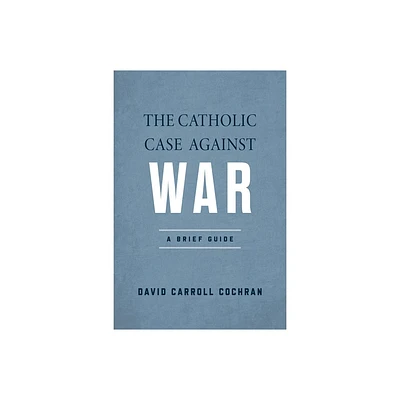Home
Witness Against War: Pacifism in Canada, 1900-1945
Loading Inventory...
Barnes and Noble
Witness Against War: Pacifism in Canada, 1900-1945
Current price: $49.95


Barnes and Noble
Witness Against War: Pacifism in Canada, 1900-1945
Current price: $49.95
Loading Inventory...
Size: OS
*Product Information may vary - to confirm product availability, pricing, and additional information please contact Barnes and Noble
Rallying today to the call for nuclear disarmament, the peace movement in Canada is strong and growing. But it is by no means new. In this study of pacifism during the first half of the twentieth century, Thomas Socknat explores a critical chapter in the Canadian peace movement’s history. Canada’s pacifist heritage, he argues, is rooted in two distinct but complementary traditions, the historic non-resistance of religious sects such as the Mennonites and the liberal Protestant and humanitarian tradition associated with the social reform movement.
The First World War radicalized pacifists, and the interwar era saw a resurgent peace movement shaped by a socially radical pacifism. During the Depression a pacifist-socialist alliance appeared to be in the vanguard of Canadian social action. But by the mid-thirties, pacifists found their pursuit of social justice in direct conflict with their commitment to non-violence. As social radicals began to abandon pacifism for the fight against fascism, the Canadian peace movement was severely weakened. Nevertheless, during the Second World War sectarian and non-sectarian pacifists joined in the defence of civil liberties and the individual conscience.
Socknat concludes that Canadian pacifists were a small but forceful minority who exercised a dual function in Canada: prophecy of an ideal of peace and reconciliation of social tensions. Above all, in its uncompromising emphasis on questions of conscience, the pacifist witness against war helped preserve those moral principles underlying Canadian culture and laid a solid foundation for the politicized peace movement of the nuclear era.
The First World War radicalized pacifists, and the interwar era saw a resurgent peace movement shaped by a socially radical pacifism. During the Depression a pacifist-socialist alliance appeared to be in the vanguard of Canadian social action. But by the mid-thirties, pacifists found their pursuit of social justice in direct conflict with their commitment to non-violence. As social radicals began to abandon pacifism for the fight against fascism, the Canadian peace movement was severely weakened. Nevertheless, during the Second World War sectarian and non-sectarian pacifists joined in the defence of civil liberties and the individual conscience.
Socknat concludes that Canadian pacifists were a small but forceful minority who exercised a dual function in Canada: prophecy of an ideal of peace and reconciliation of social tensions. Above all, in its uncompromising emphasis on questions of conscience, the pacifist witness against war helped preserve those moral principles underlying Canadian culture and laid a solid foundation for the politicized peace movement of the nuclear era.


















